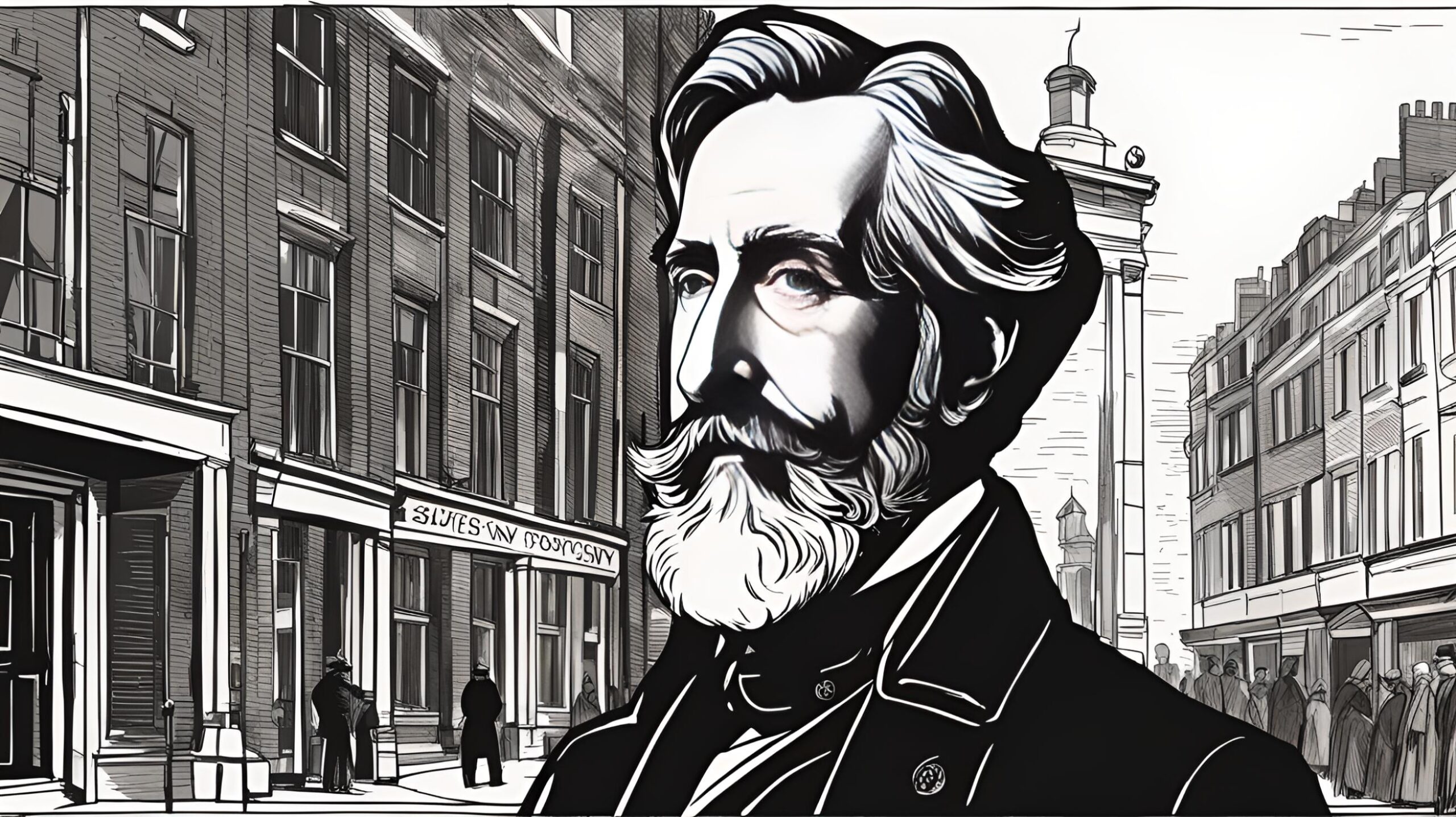Flashback to July 5
American History

On August 18, 2005, a significant event happened in the USA’s legal history. Dennis Rader, known infamously as the BTK killer, received ten consecutive life sentences for his heinous crimes. This case drew immense attention globally, not just because of the severity of the offenses but also due to the peculiar journey of the legal confrontation and investigation. This blog will analyze the events that led to this day and the consequences it had on the American justice system and society at large.
Dennis Rader was no ordinary criminal. His nickname “BTK” stood for “Bind, Torture, Kill,” which reflected the modus operandi he employed while committing these atrocious crimes. For more than three decades, Rader evoked fear and horror in the hearts of Wichita, Kansas residents, where he operated with cold-blooded precision.
Rader’s crimes began to unravel in 2004 when he started communicating with the authorities and press. He sent letters and packages containing symbols and ‘clues’ about his identity and past victims, leading investigators on a psychological cat and mouse chase. This mental game culminated with his capture in February 2005, and eventual sentencing on August 18, 2005, forever etching this day in the annals of American forensic and criminal history.
The entire investigation, capture, and sentencing process sparked significant interest among criminologists, forensic psychologists, and true-crime enthusiasts. The fact that Rader managed to remain unseen and live what seemed like a ‘normal’ life to his family and neighbors posed a chilling question about the apparent normalcy hiding potentially dark realities in suburban America.
The psychological elements of the BTK killer case, including Rader’s thirst for control and his passive-aggressive communication style, offered valuable insights for those researching criminal psychology. For this reason, numerous books, documentaries, and films have been developed around this case, contributing to its continuing notoriety in American crime history.
Interestingly, the effective use of forensic science and police investigative tactics in Rader’s case is noteworthy. He was ultimately captured due to a floppy disk he had sent to a local news station, which police traced back to a computer in his local church. As such, the case is often referred to in discussions around the importance of proper digital forensic practices.
Rader’s sentencing on August 18, 2005, brought relief to survivors and the victims’ families who had waited for justice for decades. However, it also renewed a dialog around crime prevention, mental health, and law enforcement practices. The case was a grim reminder of the need for constant vigilance in society and the necessity to keep improving investigative methods to stay ahead of potential threats.
the sentencing of the infamous BTK killer Dennis Rader on August 18, 2005, had significant implications on many fronts. From the fields of criminology and forensic science to public discourse on crime prevention and mental health, the event sparked deep introspection and dialogue. Though it marked the end of a horrific chapter of American crime history, the echoes of the case continue to impact and shape various societal narratives even today. It encapsulates a dark chapter in the American criminal justice system and continues to resonate with wide implications on society’s understanding and approach towards crime and justice.
We strive for accuracy. If you see something that doesn't look right, click here to contact us!
Sponsored Content

William Booth founded Salvation…
"On July 5, 1865,…

Engagement at Carthage, Missouri.
The Engagement at Carthage,…

C Jackson discovers asteroids…
On July 5, 1937,…

Committee of 9 appointed…
On July 5, 1843,…

William Shockley invents the…
On July 5, 1951,…

President Franklin Roosevelt signs…
On July 5, 1935,…

